Indeed among the Dravidians the peacock is considered sacred. It is the vehicle (the animal a god uses to ride or sit upon) of "Subramania, the supreme god of the Dravidians of Tamil Nadu". As a decoration it is a support of temple lamps; its feathers are sacred temple objects. Related to these ritual uses are a number of folk beliefs and customs which call to mind the Catholic doctrine concerning the effects of Holy Communion (cleansing from sin and the power of Satan, union with Christ, and pledge of immortality). Not only can the peacock's feathers frighten away demons, but they can work cures, especially in regard to snake bites. The peacock eats almost anything, even reptiles; as the vehicle of Subramania, it is pictured with a serpent in its claws.The natural enmity of peacock and serpent, of good and evil? is more fully related by RI'Clintock and Strong: They run with great swiftness, and where they are serpents do not abound, as they devour the young with great avidity, and it is said, attack with spirit even the cobra de capello when grown to considerable size, arresting its progress and confusing it by the rapidity and variety of their evolutions around it, till exhausted with fatigue, it is struck on the head and despatched. The Indians thought that the peacock was the food of princes and that it was an effective antidote, besides having the power of making a person young and immortal. The Romans ate the peacock and had the notion that its meat was incorruptible. St. Augustine draws upon this Roman belief to explain why the peacock is a fitting symbol of the Resurrection. In Indian art the peacock occurs in scenes of "love, rain, and separation". It is the companion of the lover and beloved and is a substitute for the lover in his absence, representing the hope and promise of his return. As a vehicle the peacock can represent the glory of the sun. These illstances are not far removed from Christ portrayed in the Transfiguration (Matt. 17, 1-8) or returning as He promised at the Second Coming (Matt. 24, 27-31). (The priest in "The Displaced Person" is reminded of these two Christian beliefs when he sees the peacock's display.)
The review, during these pages, of the peacock lore of India with asides about Christian similarities is not meant to suggest a direct link between Hindu and Christian symbolism, but to show the possibilities of the symbol. It lays the foundation for O'Connor's unorthodox (from the general English literary tradition) development of the peacock as a symbol of Christ.
A girl feeding Peacocks - by Lord Frederick Leighton (1830-1896) from 1st Art Gallery

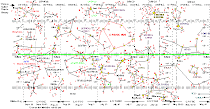
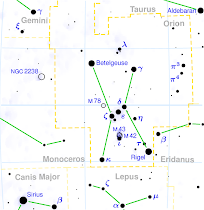

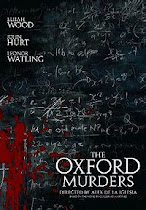
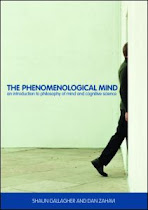



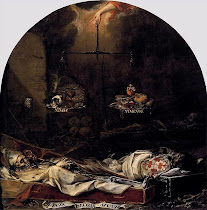
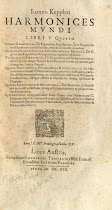
.jpg)

